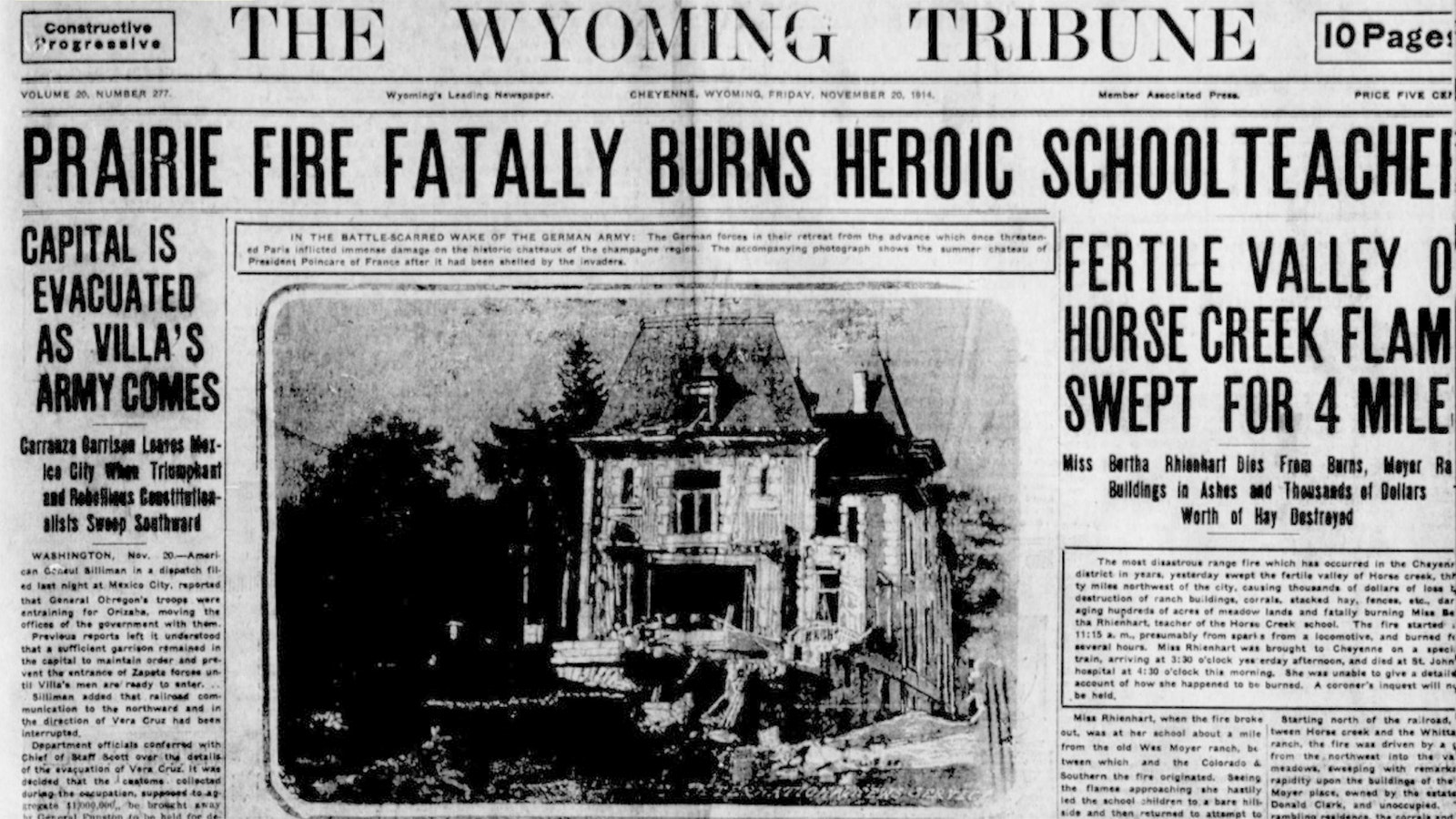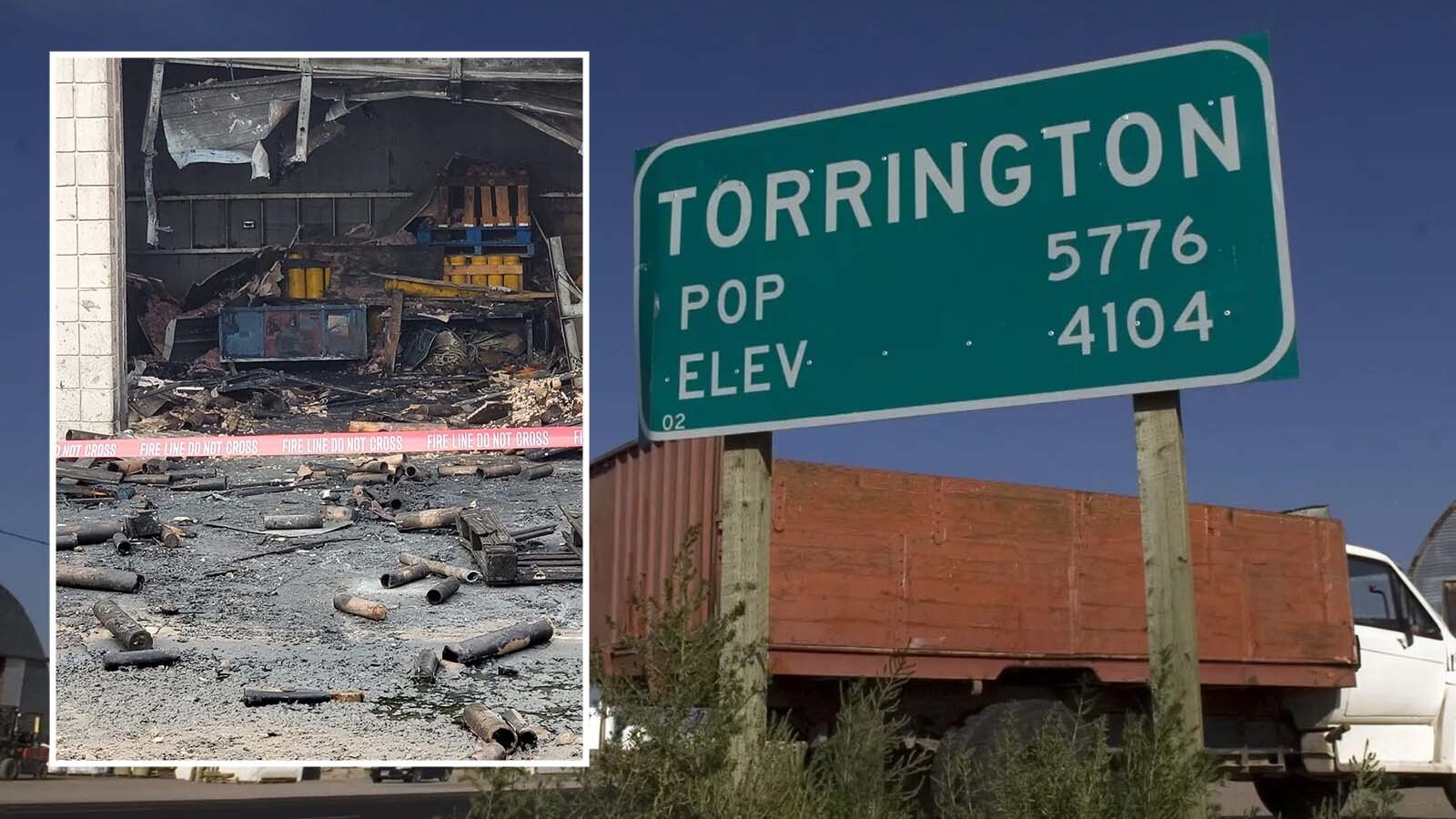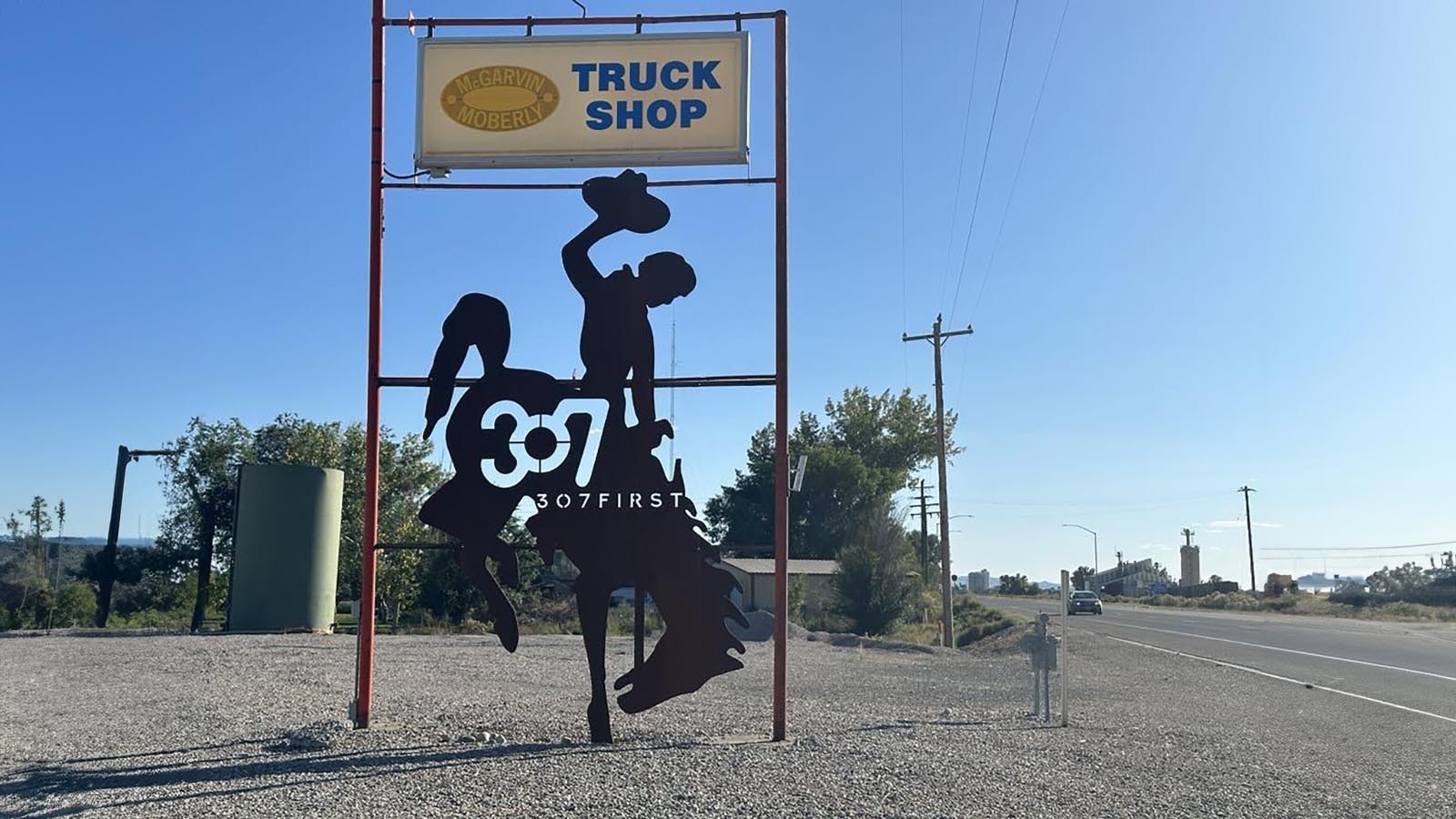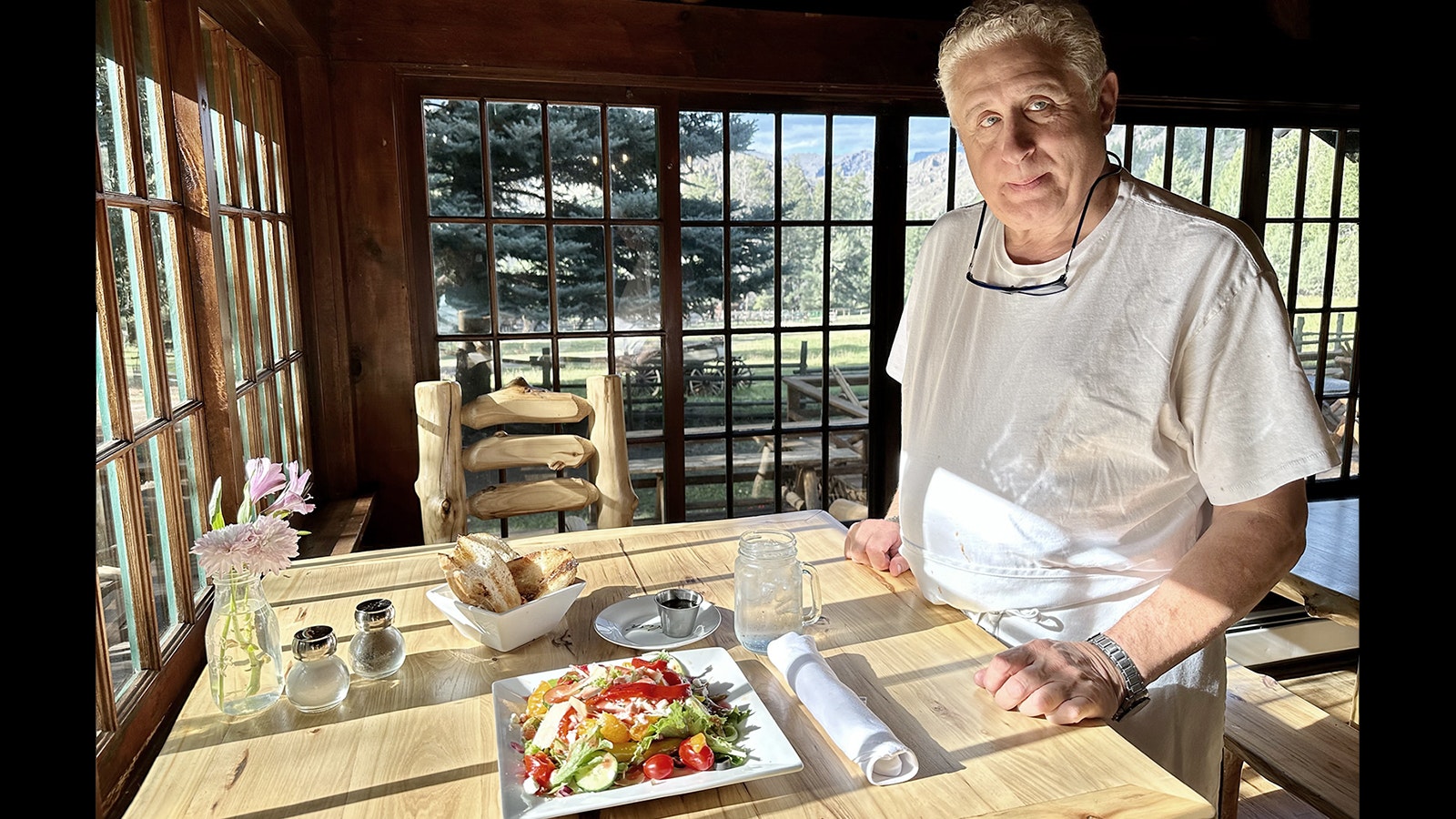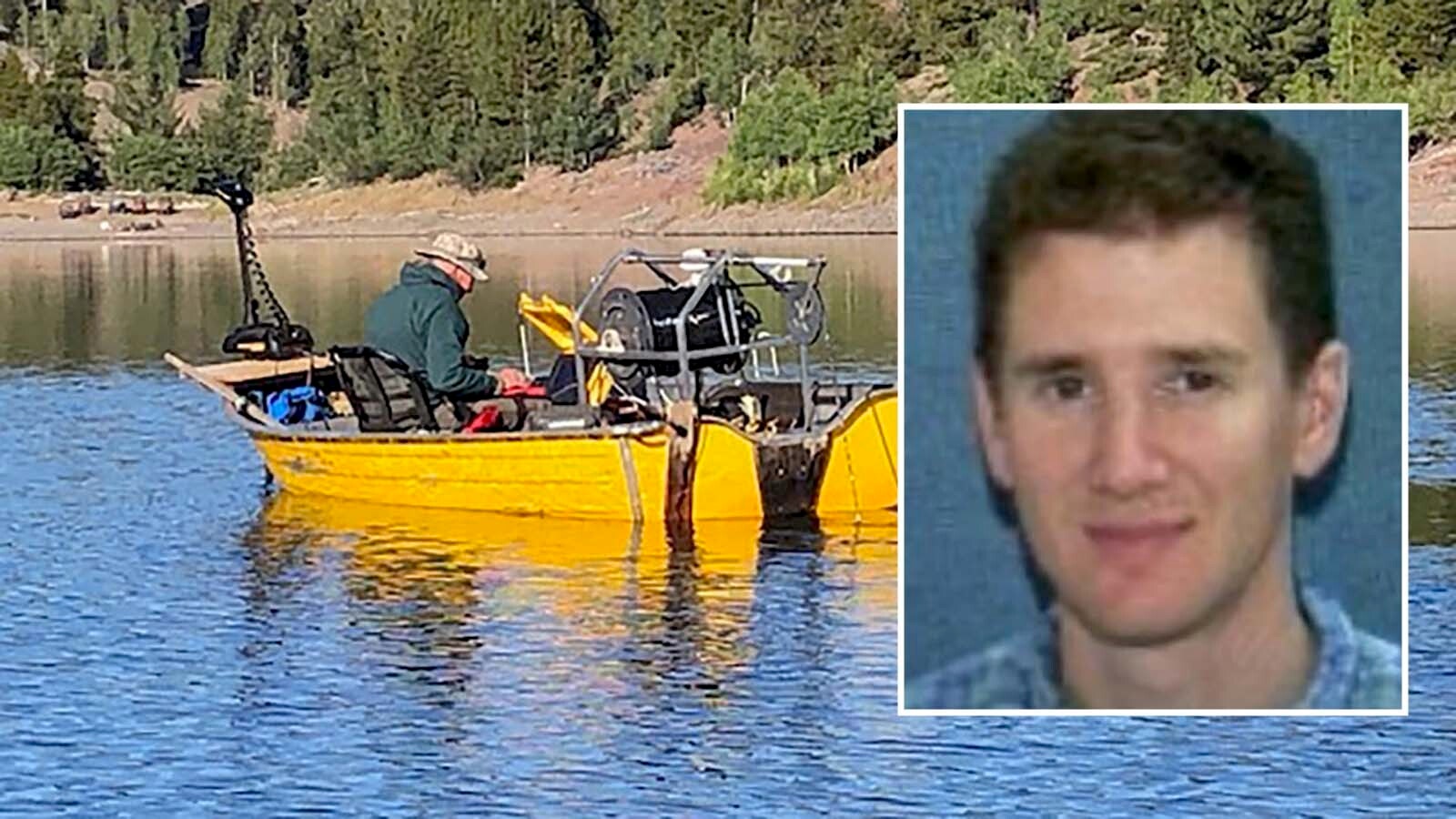A young Wyoming teacher in Horse Creek valley 30 miles northwest of Cheyenne began as usual preparing for the lessons of the day, perhaps also writing the date on the blackboard — Nov. 19, 1914.
The pledge of allegiance, morning recitation, work on their slates, breaking open the readers with younger students were possibly part of the routine, as was common for public education at the time.
But around lunchtime, that typical day at school in Wyoming’s capital city came to an abrupt end when Bertha Rhinehart, 28, looked outside and saw wind-driven flames advancing across the hayfields in the valley — straight at her classroom.
“Seeing the flames approaching, she hastily led the school children to a bare hillside and then returned to attempt to divert the fire from the schoolhouse,” the Wyoming Tribune reported Nov. 20, 1914. “This she succeeded in doing, but while she fought the flames, several of her smaller children became panic-stricken and left the hill, running toward Horse Creek and directly into the path of the flames.”
What Rhinehart did next saved their lives at the expense of her own.
Coal-Fired Locomotive
Accounts of the day began with ranchers in the Horse Creek Valley watching a Colorado & Southern locomotive pass on the nearby tracks. Shortly after, they saw smoke from a prairie grass fire that had been sparked on the north side of the tracks.
The locomotive was coal-fired, not oil-fired as most of the locomotives were on the line. Speculation at the time said a spark could have come out of the train engine’s smokestack or a hot ember out of its ashpan. As soon as it fell on the dry grass, the November winds of Wyoming fanned it into a raging fire.
Ranchers in the area had their hay crops stacked for the winter. Buildings on the unoccupied Moyer ranch were soon engulfed in flames as were corrals and outlying barns. Another home belonging to Neil Clark a half-mile away saw flames lick the side of the building, but because its exterior was stone, it did not burn down.
“Mrs. Neil Clark had a narrow escape from the fate that overtook Miss Rhinehart,” the Cheyenne State Leader reported Nov. 21, 1914. “While aiding in the fight to save the ranch home, her clothing caught fire but was quickly extinguished before any injury was done.”

She Caught Fire
The school was among the first structures put in danger along the path of the wildfire. Before she died and while she lay suffering, Rhinehart gave her account of the incident to a nurse and doctor who accompanied her on a special train to take her to Cheyenne for treatment. That account was relayed to the Cheyenne Leader.
“With a word here and there and fragmentary broken sentences, Miss Rhinehart told of seeing the fire from the schoolhouse window and ordered the pupils to a place of safety … and had returned to watch the progress of the fire,” the Leader reported. “Then she noticed that two or three of the children had strayed away and were in the path of the fire.”
Rhinehart moved toward the children, yelling to send them back to safety. As she did, strong winds pushed the flames toward her and caught her clothing on fire. Witnesses told the newspaper that she dropped to the ground and tried to put out the flames, but to no avail.
Died A Hero
Children ran to a nearby ranch and when others arrived the help, they found the teacher scorched and blistered, her clothing for the most part burned off. She was in great agony, but concerned for her students despite the pain.
“Tender hands carried her into the school and the weeping children for whom she had risked her life gathered about her,” the Leader reported.
Meanwhile, the fire jumped the creek and went on a 4-mile run until ranchers and volunteers finally were able to stop it near Chimney Rock.
At the hospital, nurse Moore, a friend of Rhinehart’s, told the Leader that Rhinehart wanted to make a will and she also tried to make a statement to C.J. Neihaus, a Colorado & Southern claim agent.
“She called the names of loved ones, recognized her sister, but uppermost in her mind, clouded by pain and suffering, was the idea that the children were in danger and that she must go to them,” the Leader reported.
Rhinehart was not able to complete her will or her statement. She lapsed into unconsciousness.
Having recently joined the Catholic Church, Rhinehart was given last rites.
She died the next day, Nov. 20, at 4:30 a.m. at St. John’s Hospital. The hospital would be demolished in 1920.
Rhinehart (also spelled Rhienhart in some newspapers) was born in 1886 near Salem, Missouri. At the time of her death, her parents lived in Oklahoma.
“She had been a teacher at various rural schools include Meadow, Bordeaux and Horse Creek … she was well liked,” the Leader reported. “She was on the list of teachers to take the examination in the office of the county superintendent for an advanced certificate to be held next Friday.”

Praise For A Heroine
A Cheyenne Leader editorial Nov. 21 praised the local teacher who gave her life to save those students.
“Out on the isolated prairie, not far from Horse Creek, Wyoming, this heroine was engaged to teach and to care for a little band of children. She was the trustee of lives and learning of the loved ones on nearby ranches. And that their trust was well placed was proved and tested by the ordeal of fire,” editor Alex Hastie wrote. “The names of men for deeds of bravery on the battlefield are inscribed on imposing monuments … but none deserves higher deed or nobler name than the devotion to duty and faithfulness to trust shown by Bertha Rhinehart on Thursday.”
The fire Nov. 19, 1914, would not be the last the region had to deal with. On the same day as Rhinehart’s funeral, the Wyoming Tribune reported Nov. 23, 1914, that range fires continued to burn and that four other fires had threatened property and lives in the Cheyenne area.
One fire burned 5 miles of rangeland near Granite Canon and only “heroic work by volunteers” saved area ranches. A third fire near Cheyenne threatened the ice houses and a plant at Frontier Park. It was fought by soldiers from Fort Russell.
Funeral services for Rhinehart at Saint Mary’s Cathedral drew a large crowd to honor the young teacher prior to her burial in Cheyenne’s Mount Olivet Cemetery.
“A profusion of floral offerings was placed on her casket,” the Wyoming Tribune reported Nov. 23. “Many Cheyenne people came to know her only through the story of her heroism and her noble sacrifice.”
Even though unable to complete her will, Rhinehart’s thoughtfulness and generosity left one more gift, this one to her parents. The teacher who earned $50 a month left her parents as beneficiaries to her $2,000 insurance policy.
Contact Dale Killingbeck at dale@cowboystatedaily.com

Dale Killingbeck can be reached at dale@cowboystatedaily.com.

